I'm a research scientist with a background in physics, photonics, machine learning, and software engineering.
I currently work at Flexcompute Inc., where we are working to bring fast, large scale electromangetic simulation to emerging applications.
Here is a link to my resume, last updated October 2023.
My work lives somewhere at the intersection of computer science and physics. On the one hand, I write software to perform electromagnetic simulations, with an emphasis on making these simulations differentiable through the "adjoint" method. On the other hand, I explore novel approaches to performing analog computation using light, most notably for machine learning applications. As a result, a lot of my work combines components of software engineering, machine learning, and high perforance numerical computing. Additionally, a core emphasis is also placed on how these topics interface with the underlying physics.
Since 2019, I've been working at Flexcompute Inc. Among various other projects, we are developing the cloud-based, commercial electromagentic solver "Tidy3D". I am the prinicple developer of the open source, python-based front end that enables users to define their simulations, manage their interactions with our servers, and postprocess the results.
Additionally, I developed the "adjoint" plugin, which makes Tidy3D compatible with Google's JAX software for automatic differentiation. This plugin allows users to write arbitrary functions involving an electromagnetic simulation and differentiate the output using only one additional simulation. This method enables large scale, gradient-based optimization of photonic devices known as "inverse design". For more details, see this example from our docs.
Between 2014 and 2019, I completed my PhD in Applied Physics at Stanford University, where I was advised by Professor Shanhui Fan.
During my PhD, I developed several mathematical and numerical techniques related to this inverse design technique and the adjoint method enabling it.
I also made some fundamental connections between the mathematics of the technique and physical processes occuring in photonic devices, which led to proposals for training optical machine learning hardware and building analog recurrent neural networks using waves.
As part of my PhD work, I was also involved in the Accelerator on a Chip International Program (ACHIP), which is working towards building miniature particle accelerators on a chip using advanced laser and nanofabrication technology (video explanation).
I have been heavily involved in the scaling of these accelerators using integrated photonic circuits and control methods built directly onto the chip.
I grew up in San Diego and went to the University of Michigan for my undergraduate degree, where I graduated with a BS in physics. At Michigan, I researched fabrication techniques for economical thin-film solar cells with Prof. Stephen Forrest. Between my undergrad and PhD, I first worked on trapped ion platforms for quantum computation at the National University of Singpore's Centre for Quantum Technologies. After that, I worked as a junior software engineer at GudTech Inc.
When I’m not doing science, you can find me traveling, cooking, or running around central park.
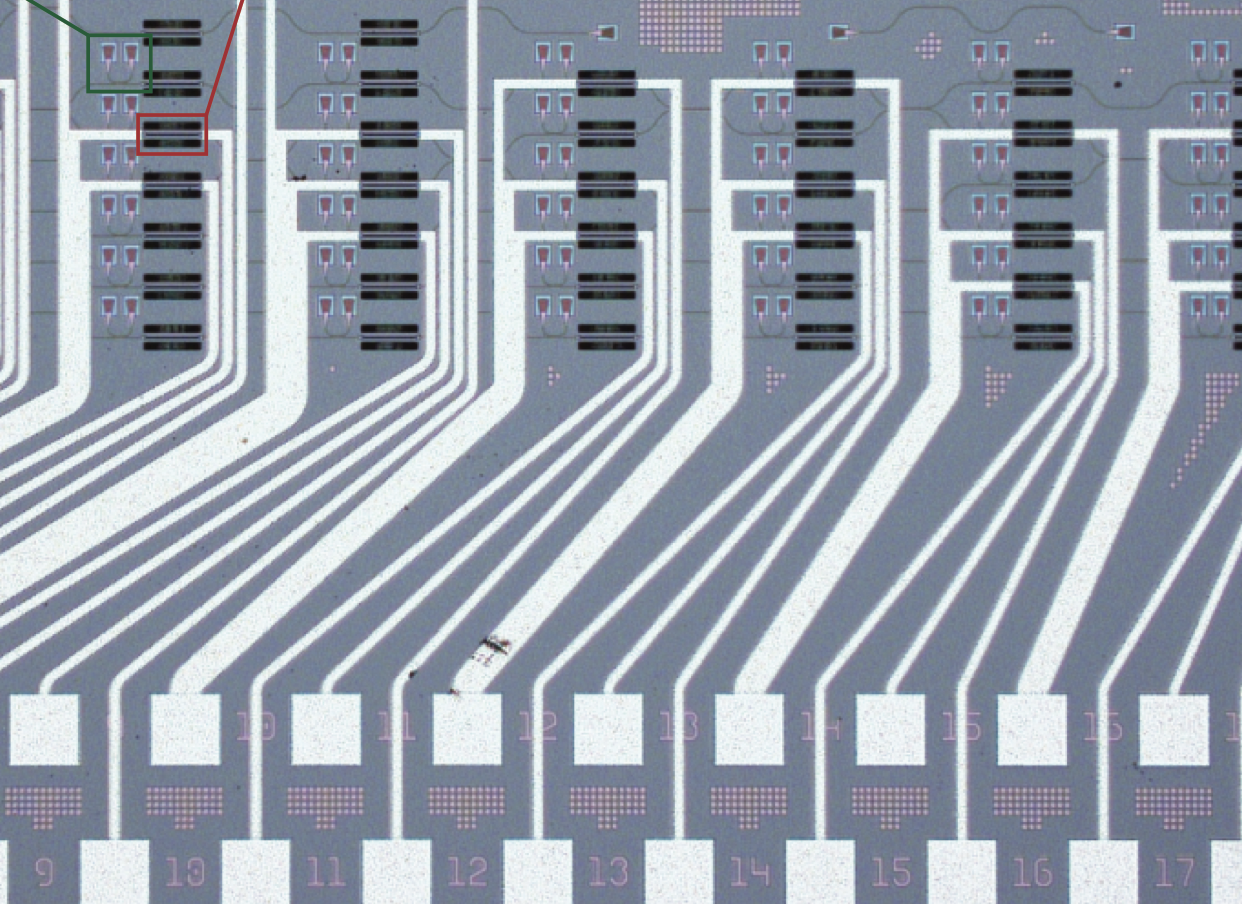
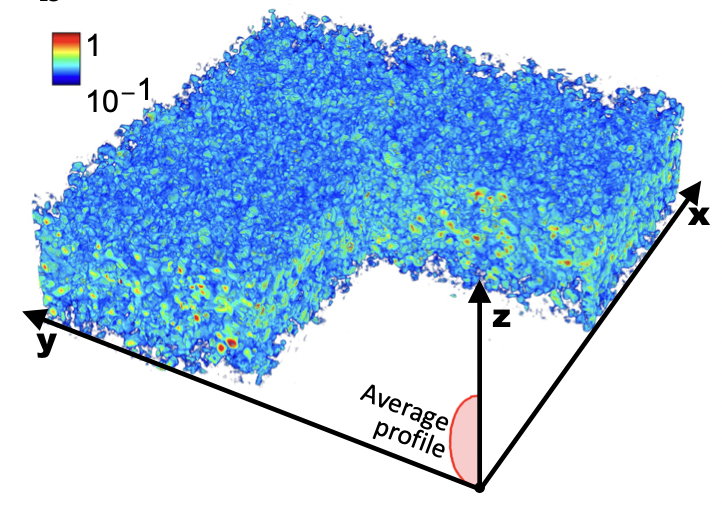
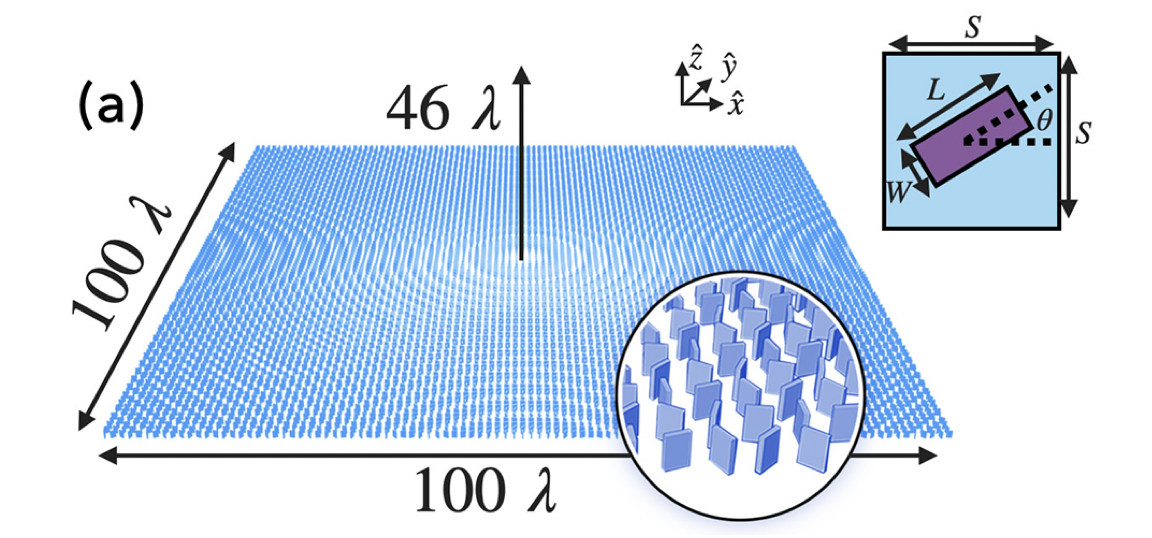
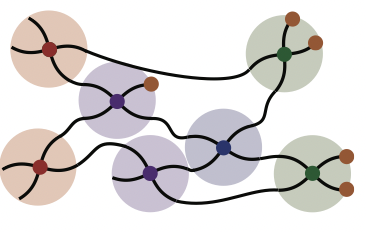
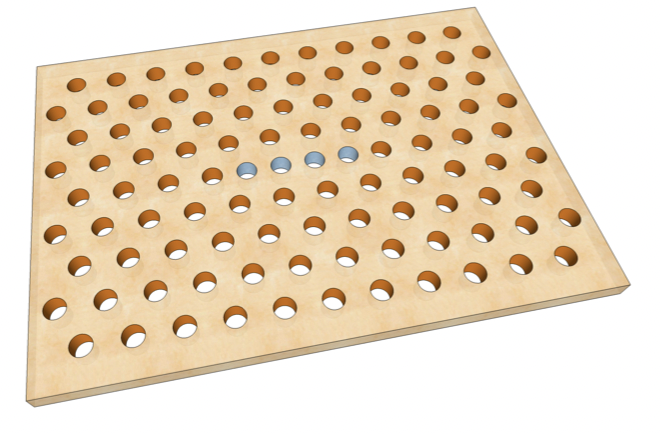
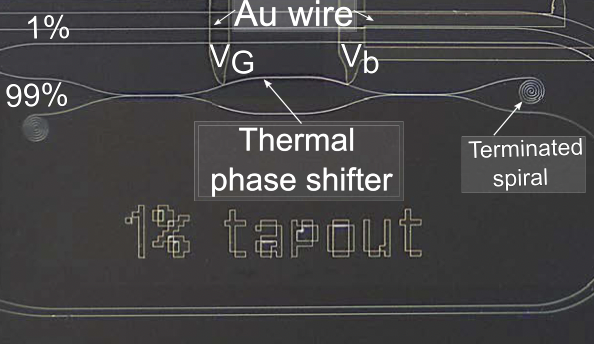
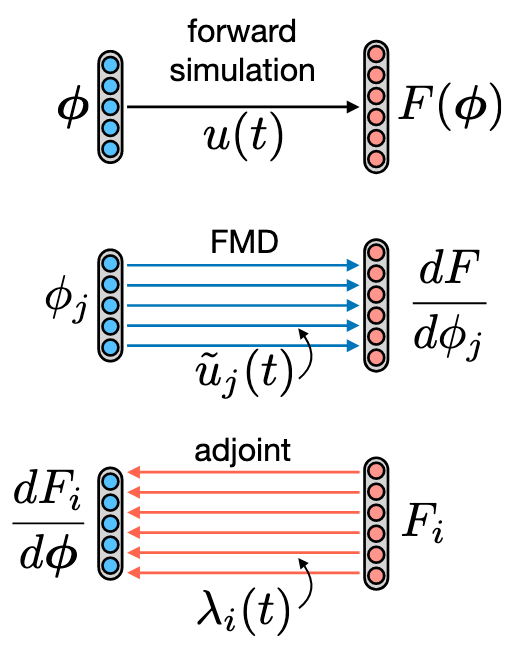
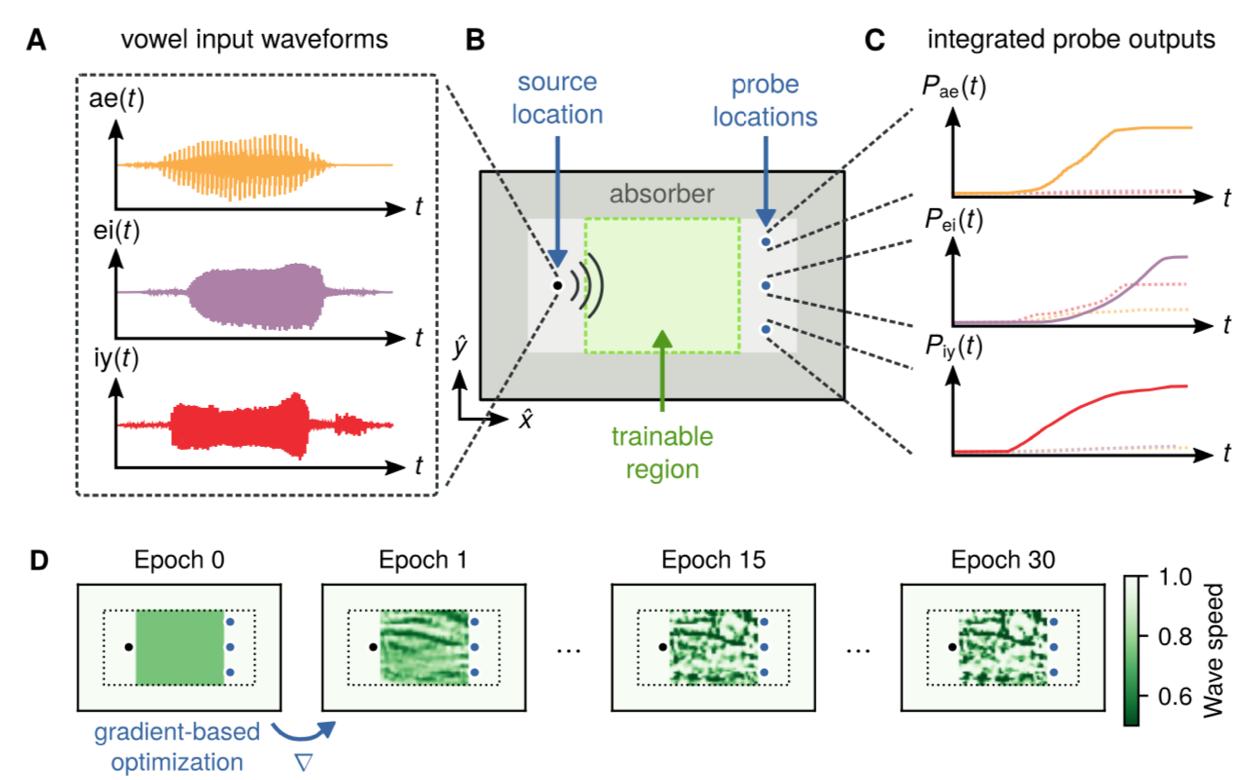
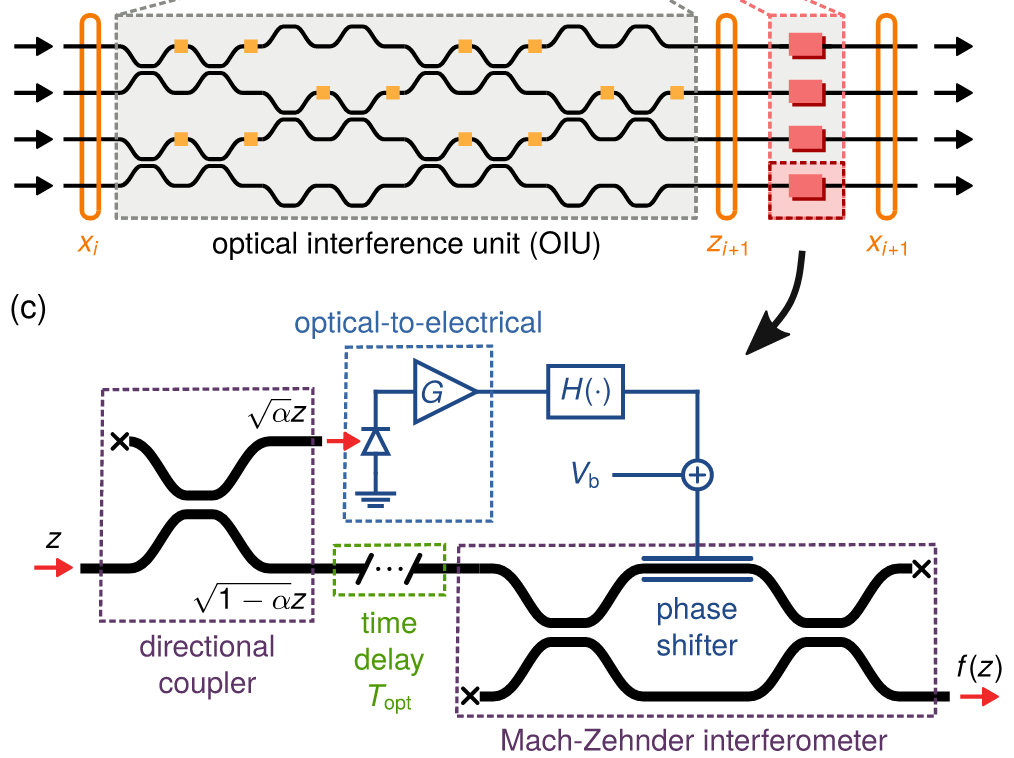
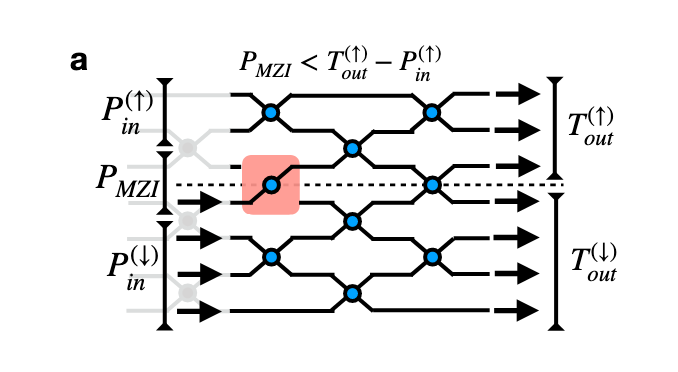

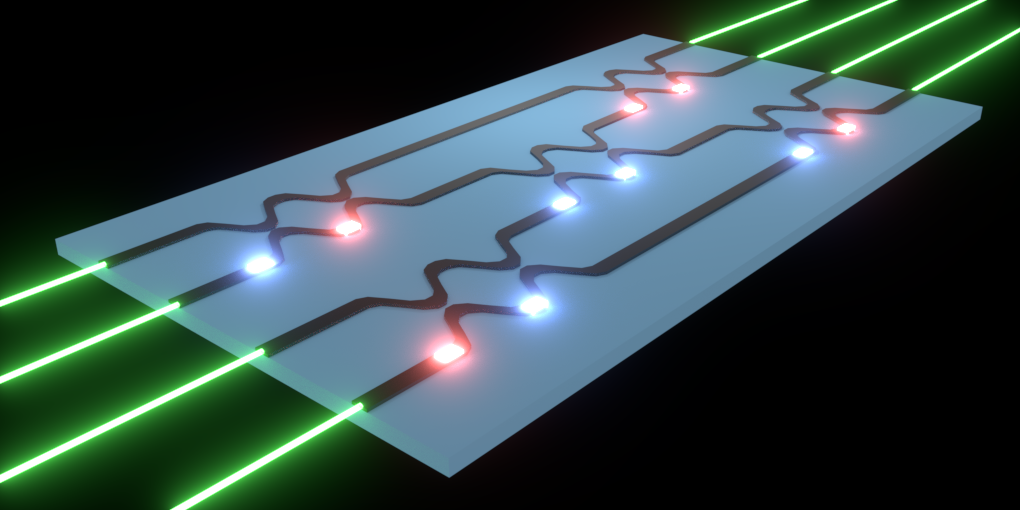
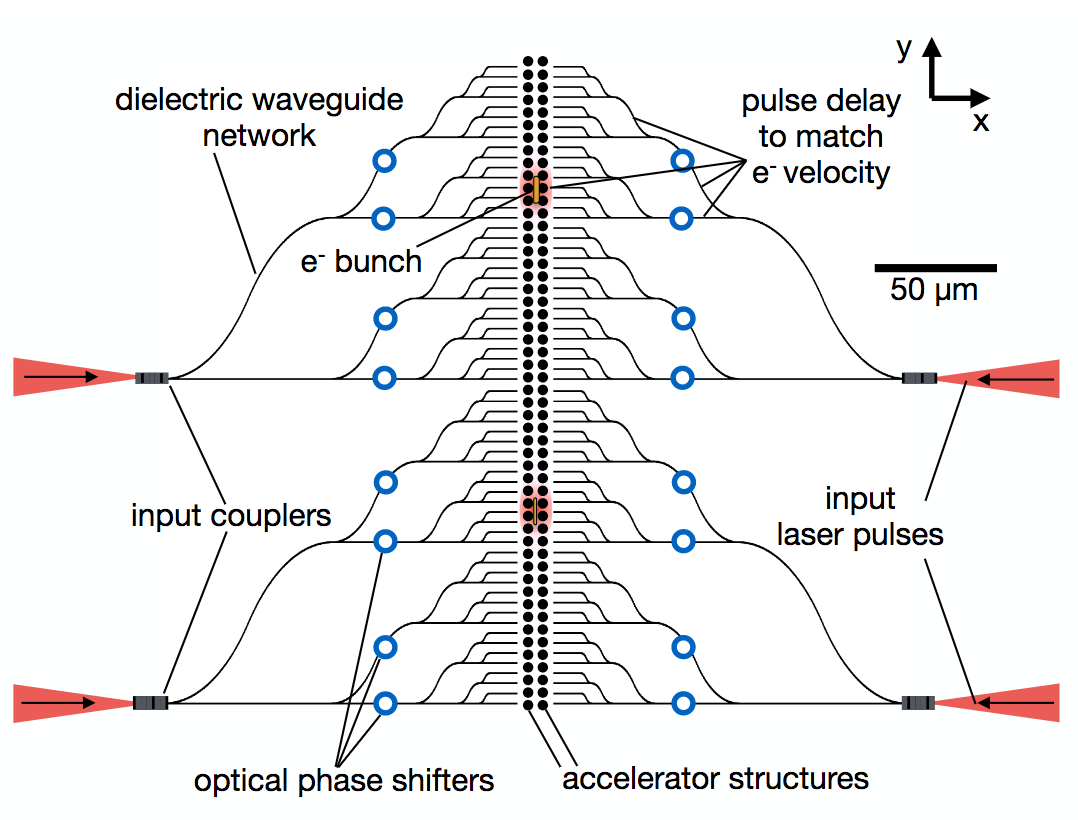
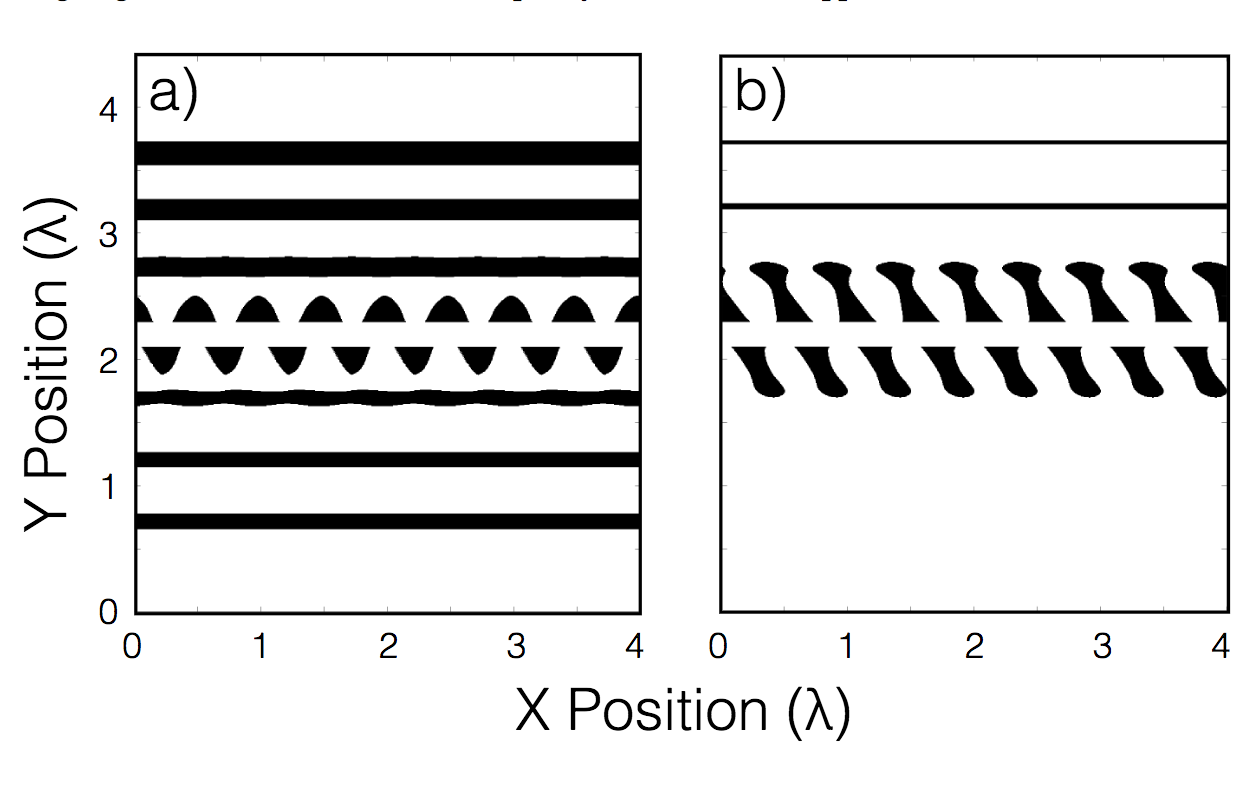
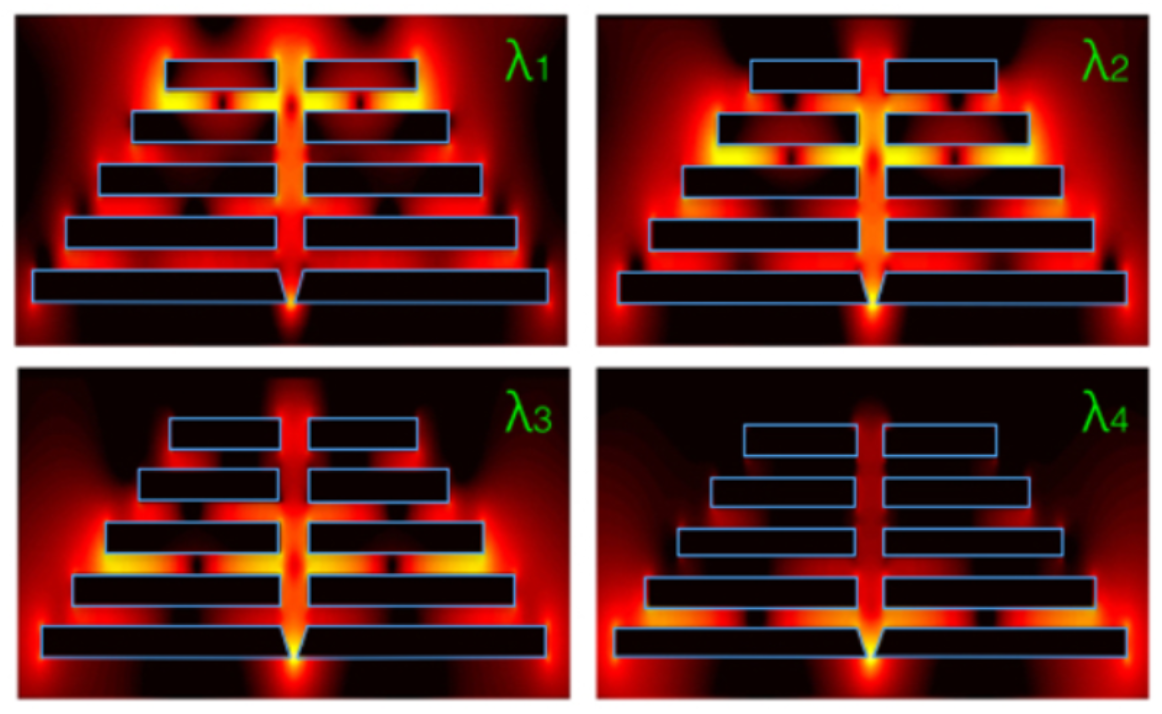
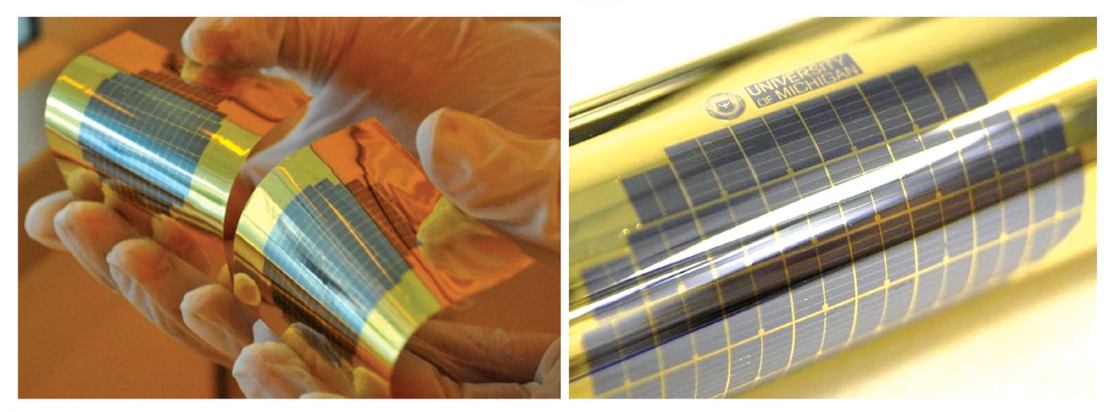
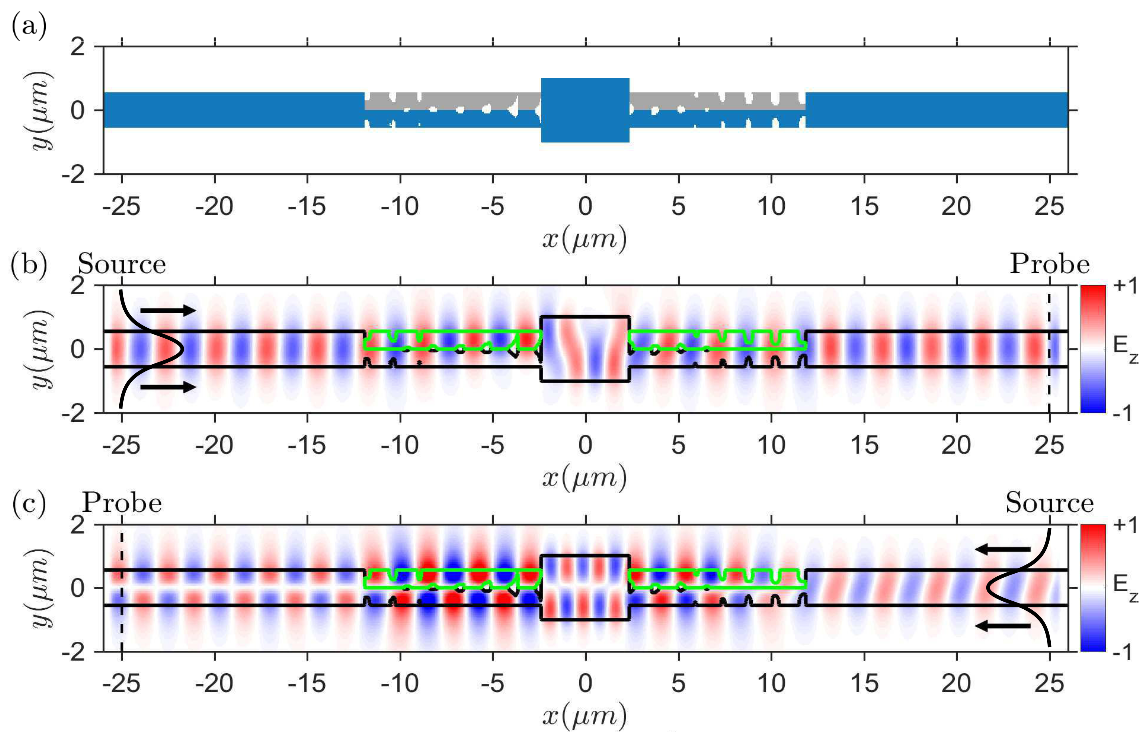
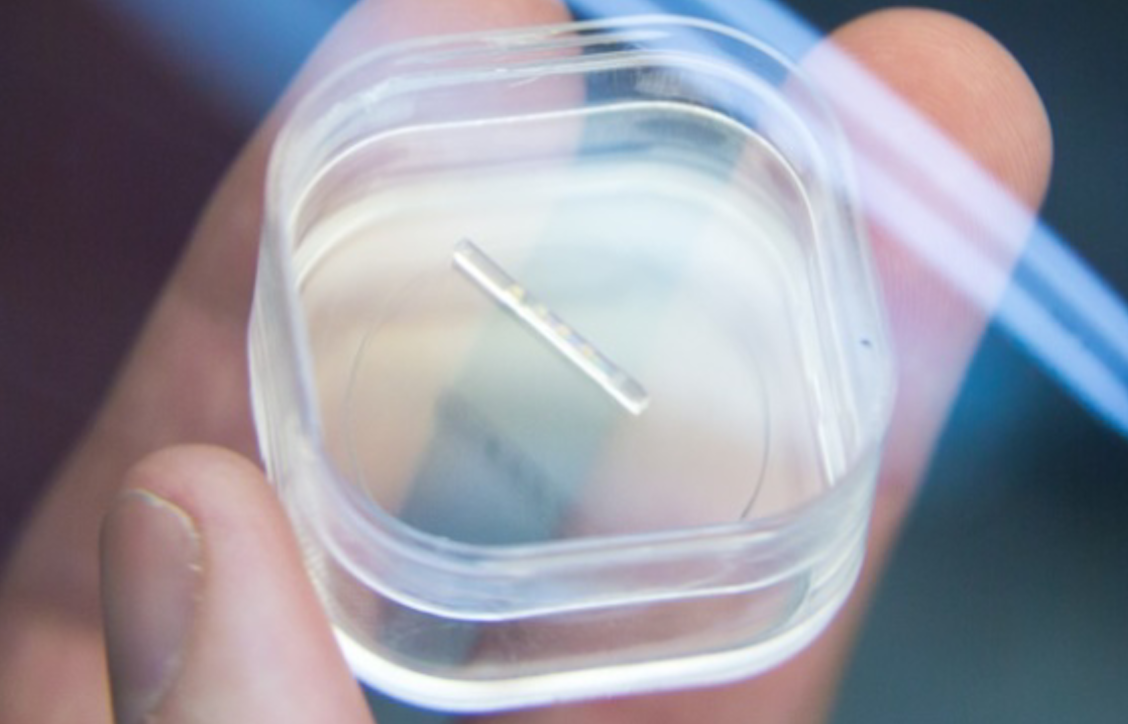
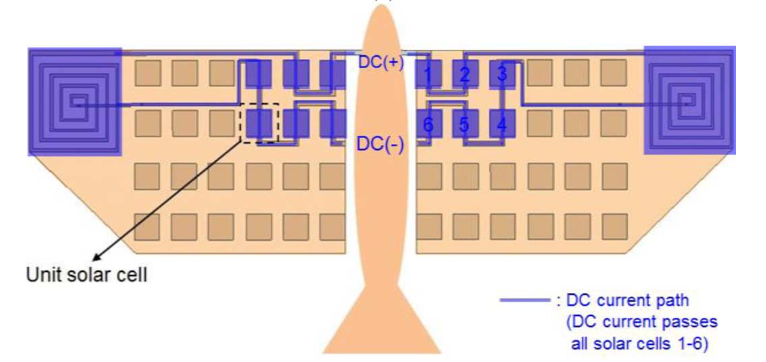
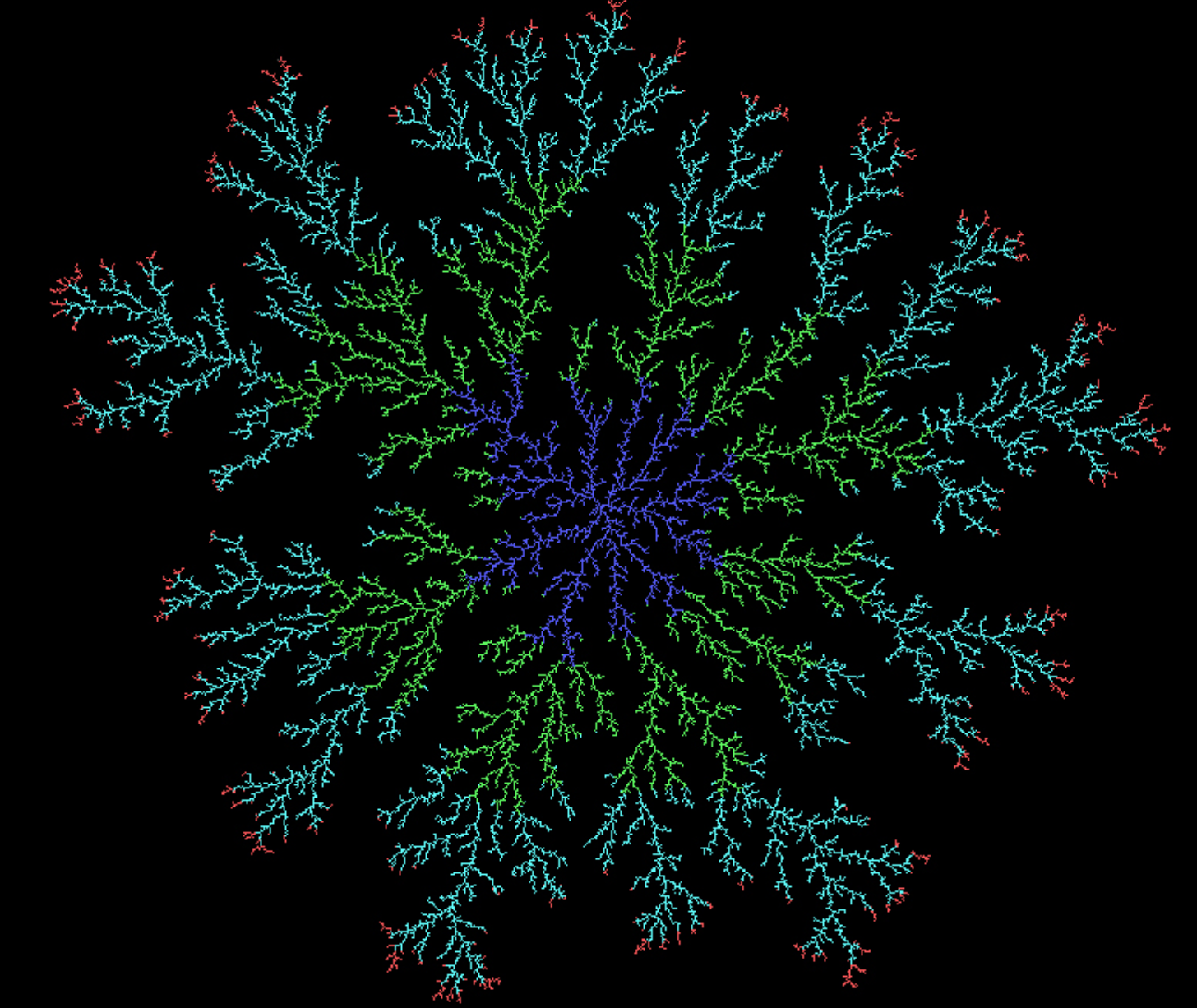
Machine Learning / Statistics:
Computer Science :
Numerical Methods / Mathematics:
Photonics:
Nonlinear Dynamics / Complexity:
Physics: